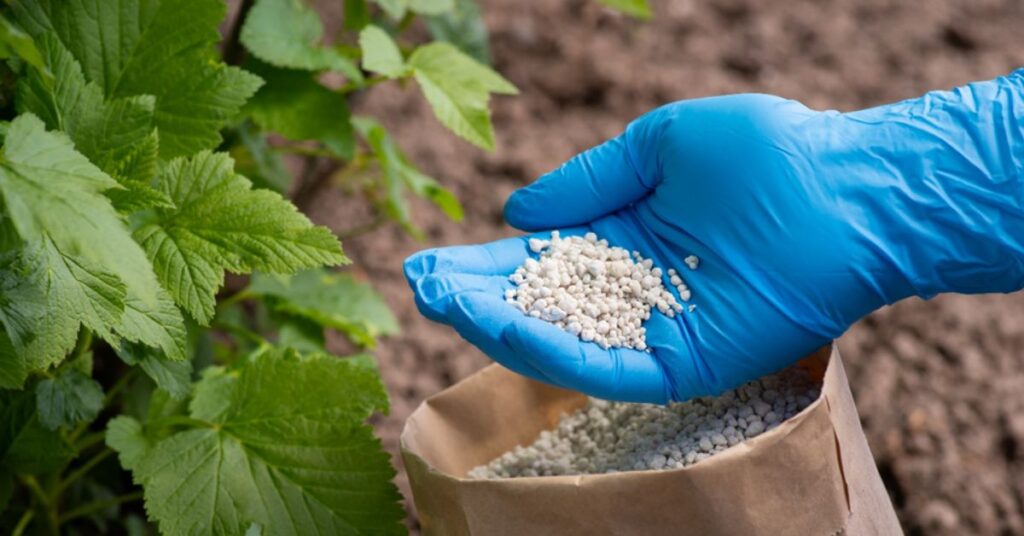When it comes to planting season, every farmer knows the pressure of getting crops off to the right start. Soil conditions, nutrient availability, and unpredictable weather can all impact early growth. That’s where low salt starter fertilizer comes in—a game changer for giving young plants the best possible foundation.
Why Does Salt Content Matter?
Traditional fertilizers often contain high salt levels, which can be tough on seedlings. Excessive salt can pull moisture away from plant roots, leading to dehydration and stunted growth. The last thing you want is to hinder early root development when your crops are just getting started. Low salt starter fertilizers, on the other hand, provide essential nutrients without overwhelming young plants with excessive salinity.
The Benefits of Low Salt Starter Fertilizer
1. Healthier Root Development
A strong root system is crucial for crop success. Low salt fertilizers encourage robust root growth by ensuring that seedlings absorb nutrients efficiently without the risk of salt-induced stress.
2. Better Germination Rates
Since excess salt can damage emerging seedlings, using a low salt option helps ensure a higher percentage of successful germinations, leading to a more uniform and productive field.
3. Improved Nutrient Uptake
A well-balanced formula allows young plants to access essential nutrients like phosphorus and potassium right from the start, giving them the energy to establish quickly.
4. Reduced Risk of Fertilizer Burn
High-salt fertilizers can scorch plant roots, especially in dry conditions. Low salt starter fertilizer reduce this risk, making them a safer choice for all soil types.
5. Stronger Early Growth = Higher Yields
By eliminating the setbacks of salt stress, low salt fertilizers help crops reach their full potential. A good start means better resilience against environmental stressors and, ultimately, a more abundant harvest.
How to Use Low Salt Starter Fertilizer Effectively
The key to getting the most out of your starter fertilizer is proper application. Here’s what to keep in mind:
- Apply at Planting: Starter fertilizers are designed to be placed close to the seed to support early root development.
- Use the Right Rate: Over-application can still lead to issues, even with a low salt formula. Follow manufacturer recommendations for the best results.
- Pair with Good Soil Management: Fertilizer alone won’t fix poor soil conditions. Ensure proper pH levels and organic matter content for the best crop performance.
Choosing the Right Low Salt Starter Fertilizer
Not all low salt fertilizers are created equal. When selecting the right one for your crops, consider:
- Nutrient Composition: Look for a balanced formula with essential nutrients like nitrogen, phosphorus, and potassium to support early growth.
- Application Method: Some fertilizers are designed for in-furrow placement, while others work best as a side-dress application. Choose one that fits your planting setup.
- Soil Compatibility: Conduct a soil test to determine your field’s needs and ensure the fertilizer you select will complement existing nutrient levels.
- Brand and Quality: Not all fertilizers adhere to the same quality standards. Opt for a trusted brand with proven results to maximize your investment.
The Bottom Line
Low salt starter fertilizer is an investment in your crop’s future. By giving your plants the nutrients they need—without the stress of high salinity—you set the stage for strong early growth, better yields, and a healthier harvest. Whether you’re planting corn, soybeans, or other high-value crops, starting with the right foundation can make all the difference.
So, as you gear up for planting season, consider making the switch to a low salt starter fertilizer. Your crops—and your bottom line—will thank you.







